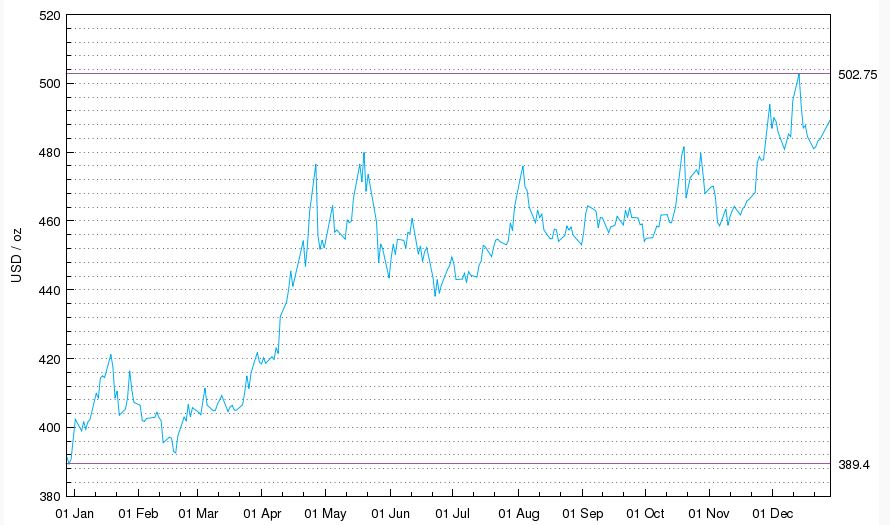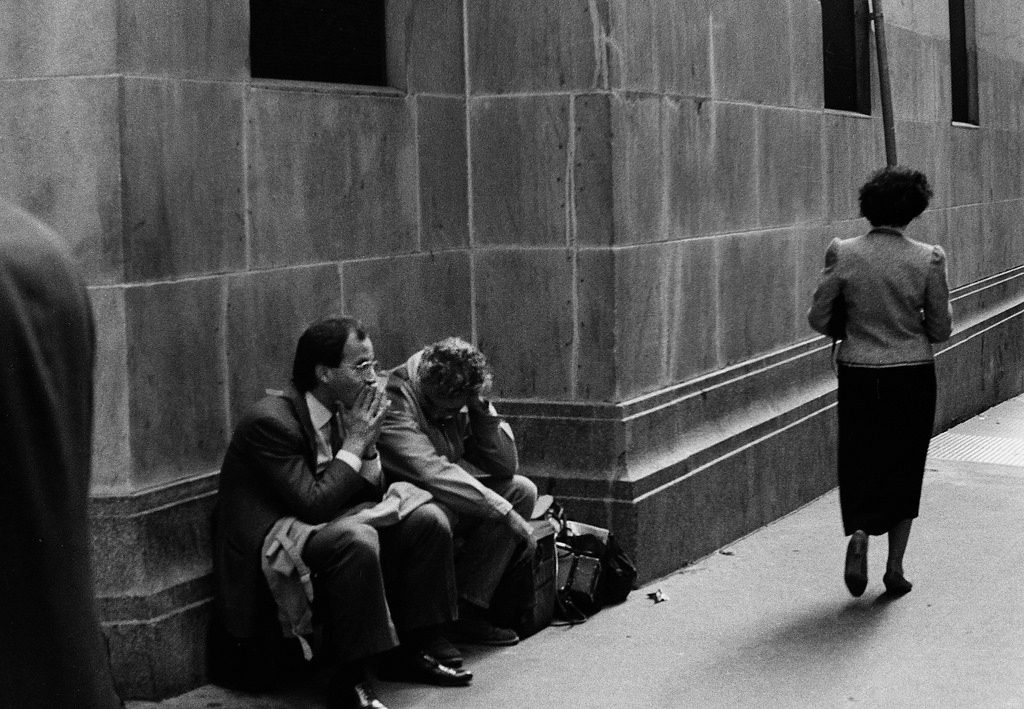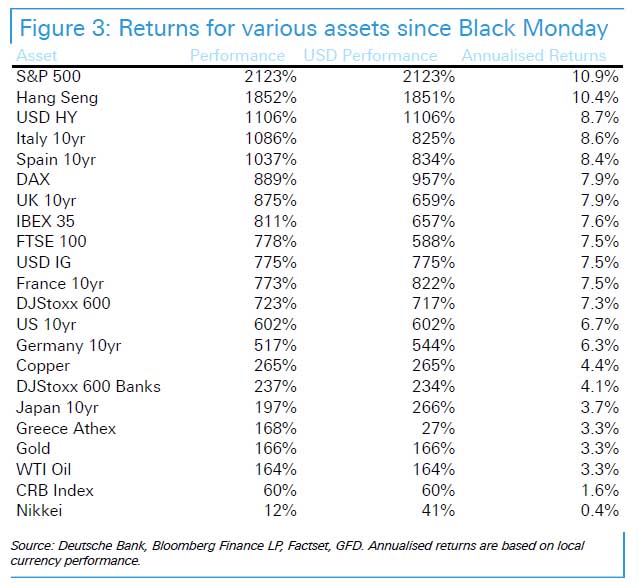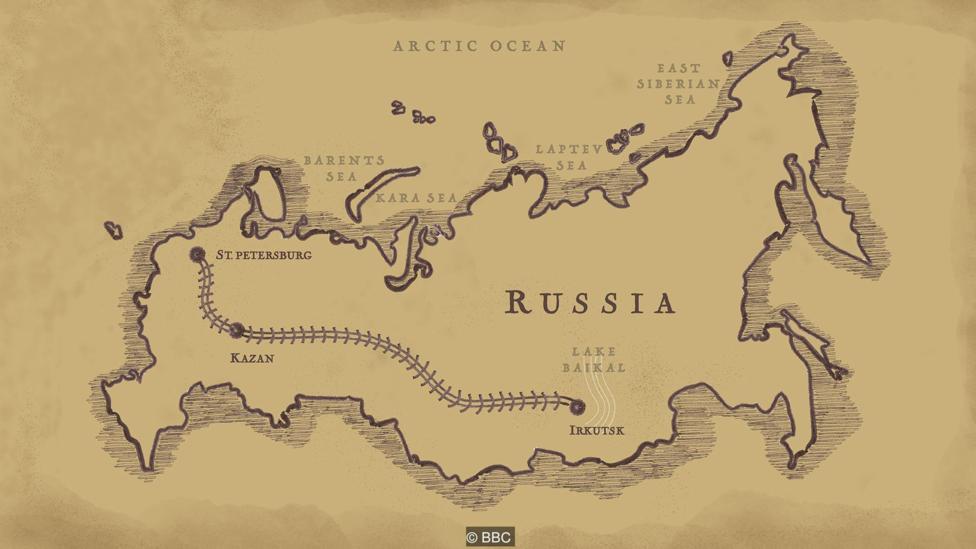– Next Wall Street Crash looms? Lessons on anniversary of crash – 30 years since stock market ‘Black Monday’ crash of 1987 – Dow Jones Industrial Average fell 22.6% on October 19, 1987 – S&P 500, FTSE and DAX fell 20%, 11% & 9% respectively – Gold rose 24.5% in 1987 (see chart), acting as safe haven – Prior to crash, stocks hit successive record highs despite imbalances – Imbalances that lead to 1987 crash are much worse today Gold Price in USD, Jan - Dec 1987(see more posts on gold price, )Gold prices in USD in 1987 (LBMA AM) - Click to enlarge Last week markets wobbled somewhat on the 30th anniversary of Black Monday with a 2017 version of an iffy day’s trading. The S&P 500 posted it’s biggest post-midnight
Topics:
Jan Skoyles considers the following as important: 1987 Crash, Daily Market Update, Featured, gold price, GoldCore, newslettersent
This could be interesting, too:
Eamonn Sheridan writes CHF traders note – Two Swiss National Bank speakers due Thursday, November 21
Charles Hugh Smith writes How Do We Fix the Collapse of Quality?
Marc Chandler writes Sterling and Gilts Pressed Lower by Firmer CPI
Michael Lebowitz writes Trump Tariffs Are Inflationary Claim The Experts
| – Next Wall Street Crash looms? Lessons on anniversary of crash – 30 years since stock market ‘Black Monday’ crash of 1987 – Dow Jones Industrial Average fell 22.6% on October 19, 1987 – S&P 500, FTSE and DAX fell 20%, 11% & 9% respectively – Gold rose 24.5% in 1987 (see chart), acting as safe haven – Prior to crash, stocks hit successive record highs despite imbalances – Imbalances that lead to 1987 crash are much worse today |
Gold Price in USD, Jan - Dec 1987(see more posts on gold price, ) |
| Last week markets wobbled somewhat on the 30th anniversary of Black Monday with a 2017 version of an iffy day’s trading. The S&P 500 posted it’s biggest post-midnight drop on Friday, but went onto finish the day with yet another record close.
Prudent traders and investors are growing increasingly uncomfortable with the increasing “irrational exuberance” in markets. We are repeatedly seeing new record highs in U.S. stocks and yet trading volume and volatility remain suspiciously low. Many are asking how long this situation can go on for? Especially given the significant macroeconomic risk in the form of a massively indebted U.S. and western world and heightened geo-political risk. |
The Black Monday of 1987 is firmly etched in markets’ histories. Few came away unscathed. It is generally remembered as something akin to a bloodbath that few wish to repeat.
But a repeat of that crash looks more and more likely by the day. None of the factors that pushed the markets to react in such a way are particular to 1987. They all exist today, arguably on a grander and more dangerous scale.
Is bigger better? How times change
There have been many articles and commentary pieces asking if Black Monday could happen again.
It’s worth giving a quick snapshot of how different our marketplace looks today, to how it did then.
- Prior to the 1987 crash, the record number of shares to have traded hands in one day was 302 million. On October 19th 1987 it was 595 million. Today it is not uncommon for 1-1.5 billion shares to be traded on an average day.
- The drop in the DJIA was a then record 508 points, today this would be equivalent to around a 2% drop.
- On the day of the crash IBM was America’s largest company. The 1987 IBM is just 6% of the size of Apple.
The above tells us one thing – the market is bigger today. There is a greater volume, greater choice and greater opportunity for traders and investors. there is also greater debt and leverage and the new phenomenon of ‘stock buy backs’.
So is bigger necessarily better, stronger or more resilient?
As a direct result of Black Monday regulators came together to put safeguards in place to prevent anything like it happening again. However, if you look at the main reasons put forward as to why Black Monday is burned in market history’s memory then you will notice that there is little regulators can try to prevent.
You will also notice how the same problems exist today, just on a larger scale.
- The US dollar weakness
- Middle East troubles
- Inflation taking off
- Trade deficits
The following two reasons/causes are connected, although few will have picked up on this.
- Human behaviour
Nobel prize winning economist Robert Shiller ran a survey in the week following the 1987 crash. He questioned over 3,000 individual and institutional investors about events surrounding the downturn. The most interesting information in his findings was regarding the narrative in the run up to the market collapse.
He believes his findings from 30 years ago point to why we are still at risk of it happening again. Shiller writes, ‘fundamentally… the market crash was a mass stampede set off through viral contagion.”
“…a powerful narrative of impending market decline was already embedded in many minds. Stock prices had dropped in the preceding week. And on the morning of Oct. 19, a graphic in The Wall Street Journal explicitly compared prices from 1922 through 1929 with those from 1980 through 1987…The declines that had already occurred in October 1987 looked a lot like those that had occurred just before the October 1929 stock market crash. That graphic in the leading financial paper, along with an article that accompanied it, raised the thought that today, yes, this very daycould be the beginning of the end for the stock market.”
It all came down to the fact that investors believed they could tell what other investors were thinking. Given the comparatively primitive communications 30 years ago, it is incredible how quickly contagion spread.
(Interesting but useless fact, the Number One song in the US on 19th October 1987 was “Lost In Emotion” by Lisa Lisa and Cult Jam)
- Computer trading
Human behaviour is inextricably linked to the damage computer trading can do to a market. Shiller’s survey results suggest that it all came down to a fear of the technology. Fear – a very real and human emotion.
Portfolio insurance, a form of program trading, received a lot of the blame for the 1987 crash, especially by the Brady Commission. The Commission reported “initial decline ignited mechanical, price-insensitive selling by a number of institutions employing portfolio insurance strategies.”
For Nobel-winning Robert Shiller, ‘fear of portfolio insurance may have been more important than the program trading itself.’
Shiller argues that today, the further development of trading technology could exacerbate another stock market crash. ‘In one way, the situation has probably gotten worse: Technology has made viral rumor transmission much easier.’
Shiller’s not the only one who is worried about how today’s technology may lead us towards another market crash.
Kyle Bass and many others are rightly warning that algorithmic trading is now ‘running the marketplace’
For Bass, little has been done to solve the dangers of technology in trading. He argues that the algorithms of today mean we have a lot of investors unable to calculate their risk and manage it accordingly, ‘this is like portfolio insurance on steroids.’
Kyle Bass has further concerns – North Korea, China and End of QE
The respected fund manager Kyle Bass is not only concerned about the similarities of today with 30 years ago, but also with new factors that are pertinent to today’s globalised market.
Namely US’s deteriorating relationships with both China and North Korea and the unwinding of central bank stimulus.
He says:
“Our trade relationship with China is worsening. Our relationship with North Korea, whatever it is, continually worsens. We’ve got three people at the head of these countries, that are trying to make their countries great again. I think that’s a real risk geopolitically.”
And when it comes to central bank unwinding, it’s about short-term damage to equities and bonds. Despite their efforts, the G-4 central banks cannot keep a lid on volatility forever.
“But when you think about it financially, which is actually easier to calculate, the financial reason is the G-4 central banks going from a period of accommodation to a period of tightening, and that’s net of bond issuance.”
Perception of risk is key
Whilst there are some slight concerns about risk in the market today, there is little being done in order to manage that risk. This is seen from the top (with central banks) but also with investors, both individual and institutional.
We can see this with the low VIX and volatility in the marketplace.
This is dangerous argues Christopher Cole:
“The danger is that the multi-trillion-dollar short volatility trade, in all its forms, will contribute to a violent feedback loop of higher volatility resulting in a hyper-crash.”
For Kyle Bass, just a small drop in the equity market ‘4 or 5 points’ could trigger a major crash as so few investors are ready for any kind of volatility.
Throughout time investors have been best prepared when they hold a diversified portfolio. A well diversified portfolio demonstrates an understanding of both known and unknown risks.
Had you held a 100% stock portfolio in 1987 then then you would have faced a 22.6% loss in one day and about 35% by the end of the year. Showing you had little understanding of the impossibilities that could become very real possibilities.
In contrast, had you held gold in your portfolio then you would have had one of the few portfolios that finished the year in the green.
| Gold in the stock market crash of 1987
Gold surged 24.4% in 1987 thereby acting as a much needed hedge and safe haven. As with any major market event we saw a rush to cash in the short term. Many investments were treated like cash machines. Gold included in the short term and it fell initially. Investors looked to sell any asset they could generate cash from. Gold soared by over 4% to $491 early on 19th October 1987, but was down at $464.30 by the following day. However, gold was one of the few assets in the green by the end of year. Welcoming in 1988 at $502.30 for a gain of 24.4% for the year of 1987. Once again showing its hedging and safe haven attributes. We have since come to learn that this is classic Wall Street, hedge fund trading behaviour. When a crash happens there is a rush to liquidity. It is only in the aftermath that speculators and many investors begin to reconsider hedges and place their money in them. It is likely that the rush to safe havens and hedges will happen sooner next time around. Given the role algorithm-based trading and the end of daily price limits in many futures markets, investors may feel the need to move quickly into financial insurance assets such as gold and silver. Whether you bought gold on the way in or the way out of the financial crash of 1987, you would still be feeling good about your investment. Even after the stock market crash and stocks becoming very undervalued, gold remains one of the top performing assets in the last 30 years, as demonstrated by the following Deutsche Bank table: |
Returns of Various Assets |
| Don’t give yourself the benefit of hindsight
Is another market crash like Black Monday possible? When reflecting on the 1987 crash and his learnings, Dennis Gartman wrote the following:
No matter how many rational arguments you have read regarding the potential of another market crash, the irrationality of markets should be your main takeaway. Investors fail to accurately perceive risk because of both technology’s ability to shield them from it and the overconfidence and complacency that we see in all booming markets. Inevitably parties must come to an end. How this one will come to an end is impossible to predict. All we can do is go on what we do know and what we have already seen. Investors who did well during and after the 1987 financial crash are the ones who were diversified before the crash and who held onto quality assets. They were prepared and looked beyond the short-term panic. You did not need to have millions in 1987 in order to trade your way out of a bad situation. You just needed to know that safe havens will continue to act as hedges and offer investment protection and to have acted accordingly. For those looking for a portfolio that is resilient in the face of irrational, uncertain markets, you can’t go far wrong with a diversified portfolio with a decent allocation to gold bullion bars and coins. |
Tags: 1987 Crash,Daily Market Update,Featured,gold price,newslettersent




